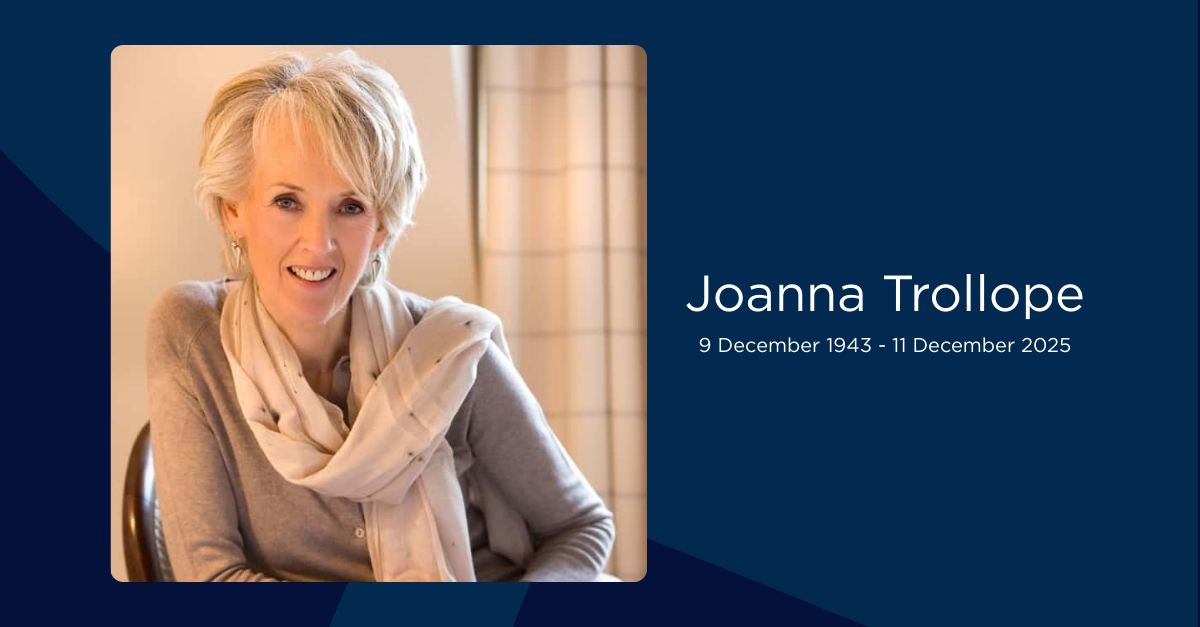Archives and libraries are essential for me when writing non-fiction, but they can also be of use for fiction writers as places to find new ideas or background for stories. During the pandemic, many libraries and archives were closed completely, and even now are only reopening slowly: the lockdowns made me appreciate how fantastic the access to these resources really is, and how they should be celebrated – and used.
My new book Daughters of the North: Jean Gordon and Mary, Queen of Scots is a historical biography, telling the story of a woman from the north of Scotland in the 16th century. It involved a huge amount of research. I looked at many secondary sources, such as books in libraries, but primary sources in archives were of particular importance. Archives differ from libraries in that the material there is usually unique and original: it can’t be found anywhere else. One of the most important archival sources was a collection of letters handwritten by Jean Gordon herself: it is rare to have such a large amount of material written by a woman from the early-modern period. The letters gave me details about her life and family, but – almost more importantly – they gave me what felt like a personal connection to Jean. Transcripts of many of the letters are easily available, but reading a printed version in a book did not compare to the experience of unfolding the piece of paper that Jean herself had folded, and reading her own handwriting. Handwriting is a very personal thing, and I could see how Jean formed particular letters, which words or phrases were given emphasis – and how Jean’s hand changed over time as she grew older. Each individual collection in an archive usually retains the organisation of the collection’s creator, rather than being re-organised by category and subsumed into a wider collection (as books in a library are): by going to the archive itself, I could see what the letters were filed next to – and in this way discovered extra letters, both from Jean herself and from her other family members.
Sixteenth century handwriting does not look like modern handwriting and the words that Jean used were not the same as the way we speak today: I had studied Scots at university, and I took courses in palaeography (the study of historic writing systems) to learn to read the old script. The very first beginner courses I did in palaeography were through the websites of the National Records of Scotland: the online archival resources available can be wide-ranging, from a searchable catalogue to pages describing how to use that catalogue. Some archival items are even digitised, which can mean that they are accessible from home. Digitisation also opens up unexpected benefits: for example, I could search documents by keyword, bringing up every reference to ‘salt’, for example, far quicker (and sometimes more accurately) than through an index search.
Learning how to do these things takes time: if your local library or archive centre runs an introductory course in how to use archives, that can be a good starting place. Since the beginning of the pandemic, my local archive, the Highland Archive Centre, has run a weekly online talk, “Learn with Lorna”, which showcases a different item or collection each time. The archivists work with the archives every day and their knowledge can be extensive. Fiction writers may find this type of general approach particularly useful, as it can throw up unexpected material that sparks new ideas, but for non-fiction I find the best thing is to identify the gaps in your knowledge, then search and read to fill them. That will often bring not only the result you wanted, but also extra material. As you become more familiar with archives, the searches become quicker and more efficient, but the best way to learn about archives is by using them.
My first book, Josephine Tey: A Life, involved researching a very different time period to the 16th century: the crime writer Josephine Tey (real name Elizabeth MacKintosh) who lived from 1896–1952. The 20th century is particularly well represented in archives – although material is often spread across several different archives, including private archives, and archives do not always communicate with each other. This is very different to the library service, which is linked regionally and nationally. However, I eventually tracked down not only Tey’s letters and manuscripts, but also material such as Valuation Rolls and maps. Valuation Rolls are annual records of property ownership compiled for collecting local taxation. They contain detailed records of properties and people and you can use them to find out things like who owned which building and who lived there (the tenants). In family history research, if you can’t find people on the census returns, Valuation Rolls can be a good way to trace someone. For Josephine Tey, they allowed me to trace where her family lived, and how their fortunes changed as they were able to move to a larger house and eventually buy the family shop outright, as well as rental properties above the shop. And an unexpected and fascinating gap opened up between what family members had told me from their memories and the reality, as shown in the legal record of who lived where and when. This shaped how I understood Tey and how I approached writing her biography.
I’ve come to realise that people sometimes don’t fully understand what writing a biography means – sometimes people think that I have the whole story of a life from the beginning and just have to write it out, but actually what you start with is a collection of sometimes quite random facts and documents. I then order them, work out what is missing, continue the search, and eventually create a timeline and ultimately the framework for a story. Archives and libraries are an essential part of my writing, and their loss during lockdown made me appreciate them even more.
Jennifer Morag Henderson’s book Daughters of the North: Jean Gordon and Mary, Queen of Scots is out now. www.jennifermoraghenderson.com





